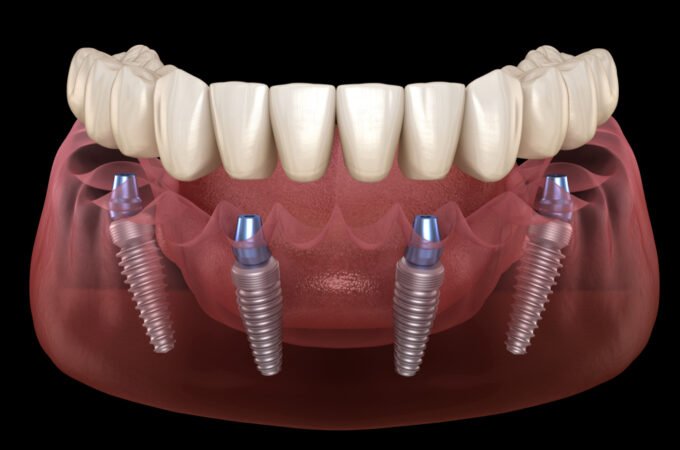
How to Manage Whiplash Pain
Whiplash is caused by rapid movement of the head and neck. Involving mainly muscles and other soft tissues of the joints and limbs, a serious injury may also damage bone. The injury most often occurs in road traffic accidents but may also happen during rigorous sports or other physical activity.
Managing acute whiplash pain
In the first week or two, the pain may get so bad it’s all you can think about. Try to make yourself less uncomfortable by sitting or laying with strategically placed pillows. For the first few days, the NHS suggests you hold an ice pack, or even a bag of frozen peas, to your neck for up to 10 minutes to reduce pain and swelling.
In the following days, holding a warm hot water bottle up to your neck for around 15 minutes will improve blood flow and soothe your pain. If you have any concerns or questions, you can always phone your GP or NHS Direct on 111 at nights and weekends.
When pain becomes chronic
The aims of chronic whiplash treatment are to control pain, restore range of movement, and return to normal activities. According to the Cochrane database, there is not enough scientific evidence to recommend any specific treatment.
Drugs
Your choices of analgesic include paracetamol, opioids and non-steroidal anti-inflammatory drugs (NSAIDs) such as ibuprofen. For mild to moderate pain, over-the-counter (OTC) preparations work for most people. You can even find OTC ibuprofen or paracetamol in combination with low-dose codeine.
It is not uncommon for doctors to prescribe more than one drug to manage pain. Each one works differently and, together, they are more effective than either one on its own. Doctors prescribe more than one analgesic to treat different causes of pain, such as inflammation or nerve pain. In certain individuals, NSAIDs can cause gastrointestinal problems or worsen asthma.
While effective, there are a number risks to risks to consider before taking codeine based painkillers. Opioid analgesics are addictive, though according to Prescription Doctor “Most people who take prescription painkillers do not become addicted to them.” If you follow the doctors instructions, it is unlikely you will become addicted. If your pain lasts more than a few days and you feel like you need to continue taking opioids, even those available over the counter, it is important that you talk to your GP or practice nurse.
Other types of treatment
In the days or weeks following your accident, you might develop a progressively worsening joint or limb pain that you attribute to the accident but not necessarily the neck injury. Sometimes the external forces at the initial impact are strong enough to nudge the vertebrae in your neck ever so slightly out of alignment.
The amount of displacement isn’t enough to paralyse you, but it does impinge on the spinal cord and interfere with traffic between the brain and the rest of the body. Your brain doesn’t send or receive the right signals to and from your limbs, and you develop an imperceptibly dysfunctional gait – you start to walk funny and may develop a serious knee sprain.
Treating whiplash effectively can take time and can involve a combination of medicines, daily exercise regimes and visiting specialists on an on-going basis. If you have recently experienced whiplash – whatever the cause may be – speak to your doctor about the pain you are experiencing so they can determine the right treatment for you.




